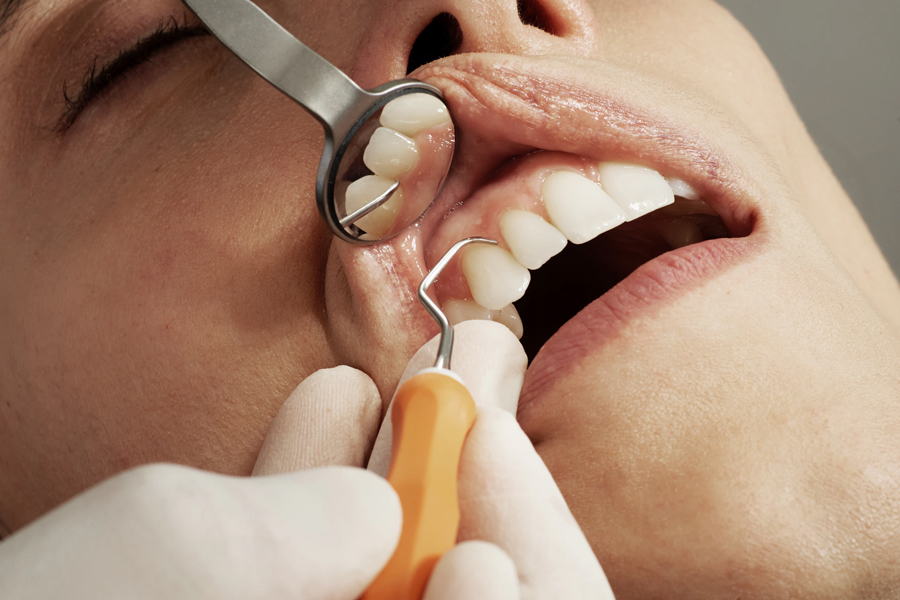
In recent years, dental implants have gained popularity among patients seeking for alternatives to enhance or restore their teeth and hygiene. In fact, many people have traveled abroad from the US and other countries to get dental treatments for low-cost and higher quality dental materials.
Let’s get the basics clear: What is a Dental Implant?
According to Medical News Today, dental implants are composed of a titanium screw and a dental prosthesis called crown made out of ceramic or zirconia. The screw interfaces with the bone of the jaw or skull in order to support the crown. Its purpose is to replace missing teeth. Dental Implants combine functionality with an aesthetically pleasing appearance.
As mentioned before, dental implants cannot only be functional, but also will enhance your appearance. The smile design makes your teeth appear look natural in terms of color and shape with an harmonious and attractive result.
The approach of this procedure is beneficial that do not only look for their tooth replacement, but an improvement in the overall smile and oral health.
For more information about dental implants you can visit the next article.
The 6 Step Guide
It is recommendable to follow the next recommended steps for a successful dental implants procedure:
- Consultation: It is crucial to remember that every dental process is different. Schedule a consultation with your dentist or oral surgeon to discuss about the best option for you. Address any concerns and establish a personalized plan. If you are interested to receive an immediate consultation you can book one with a dental surgeon with WMA.
- Medical History Review: It is necessary to provide a comprehensive medical history to the professional attending your case. Important things to consider: Existing medical conditions, medications, allergies to any medication, and all the required facts by the dentist.
- X-ray and imaging: Imaging and X-ray studies are needed in order to asses bone and density structure. Once done, it is easier for the surgeon to determine the optiman placement for each implant.
- Hygiene Routine: Oral hygiene must be taken seriously. Being consistent in your routine including flossing helps to reduce the risk of infections during and after the upcoming procedure.
- Pre-operative instructions: Work alongside with your dentist in each instruction given. This part of the process is essential since you want to avoid any concerns during the process.
- Post-operative instructions: Subsequent to your procedure, a plan would be provided by your dentist for you. This post-operative care must be followed for your early recovery. It might include: rest time (from work or any other activities), medication, and some extra indications.
Each one of these aspects are suggestions that you can follow ahead of time or even get as early as you desire. Remember that, X-ray and imaging studies are done only with a prescription for your dentist, however, your medical history review can be done earlier. It is crucial to follow an hygiene routine before and after your procedure.
Stay tuned for next weeks article. We will be discussing the post-operative guidelines and recommended care routines following your dental implant procedure comprehensively.


